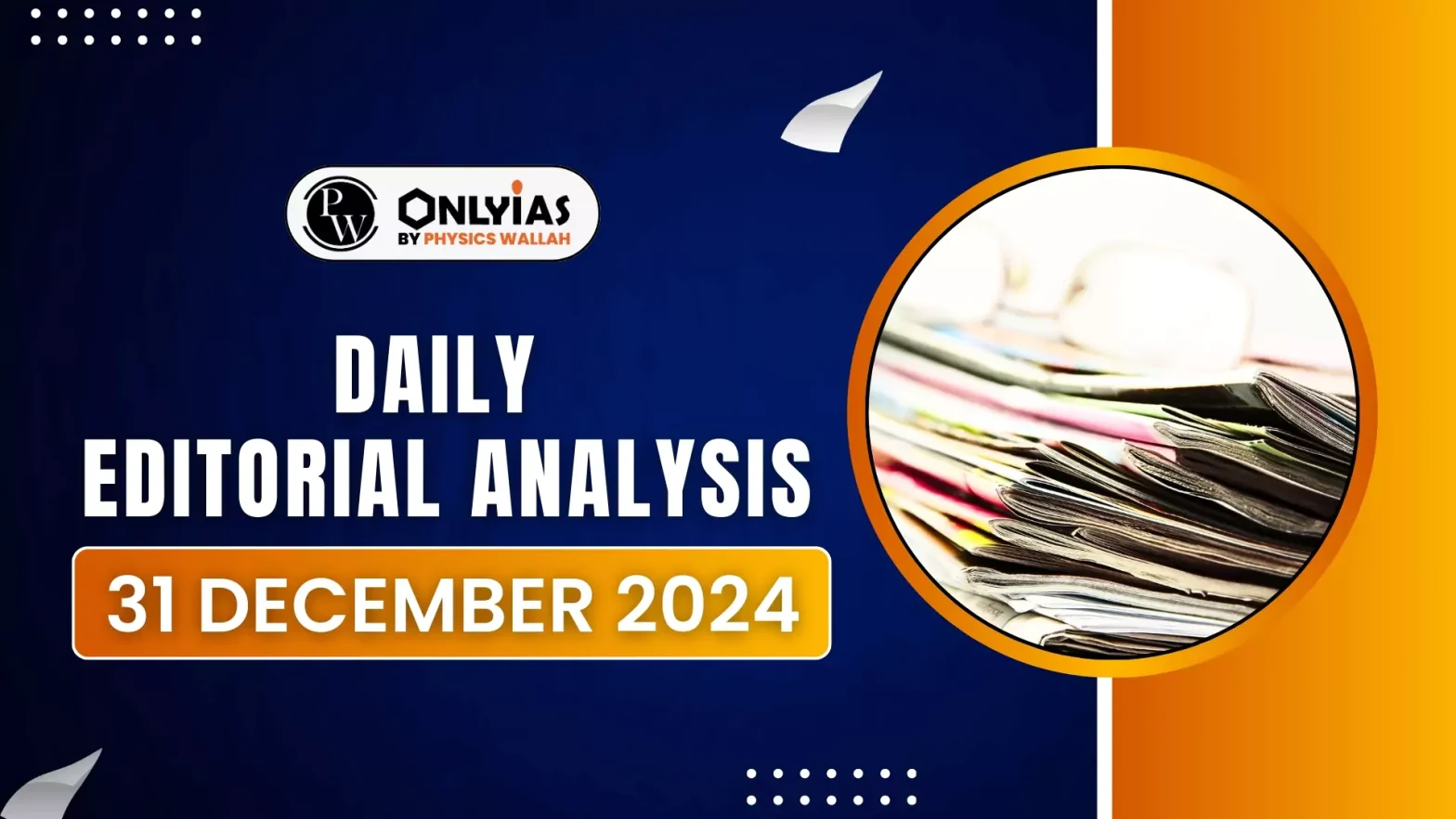In August, UPI accounted for nearly 80% of India’s digital transactions, exceeding ₹20.60 lakh crore, a significant feat for a cash-reliant nation with low digital literacy.
Unified Payments Interface (UPI)
- Unified Payments Interface (UPI): It is a system that powers multiple bank accounts into a single mobile application of any participating bank.
- It was launched by the National Payments Corporation of India in 2016 in conjunction with the Reserve Bank of India (RBI) and the Indian Banks Association (IBA).
- Third Party Application Provider (TPAP): It is an entity that provides UPI-compliant apps to users for making payments.
- These apps can include mobile wallets, merchant apps, or any platform that uses UPI.
|
Enroll now for UPSC Online Classes
Trust, Innovation and Future of UPI
- Need for Sustained Trust: UPI’s future success depends on maintaining and expanding public trust.
- This trust is crucial as UPI’s current penetration stands at 30% of the population.
- Challenges in Expanding UPI’s Reach: To capture the remaining 70% of the population, UPI needs substantial innovation to make it relevant and accessible.
- This can be done by incorporating voice command, use of local languages, etc.
Market Concentration and Its Risks
- Duopoly of PhonePe and Google Pay: A major challenge to UPI’s long-term sustainability is the market dominance of two Third Party App Providers (TPAPs): PhonePe and Google Pay.
- 85% Shared: Together, these platforms control over 85% of the UPI market share, whereas the next biggest player, Paytm, controls merely 7.2%
| Duopoly is a situation in which two suppliers dominate the market for a commodity or service. |
- Risks of Market Concentration: The high concentration of market power in these two foreign-owned platforms presents several risks:
- Increased Systemic Vulnerability: High market concentration creates single points of failure.
- Any disruption to these services could have far-reaching consequences for the entire financial system.
- Decreased Competition and Innovation: Smaller providers struggle to compete against the scale and resources of the duopoly, leading to reduced incentives for innovation.
- Since UPI operates under a zero-charge framework, competition is based primarily on user scale, which can limit the variety of services and products available to consumers.
- Risk of Foreign Dominance: Both PhonePe (owned by Walmart) and Google Pay (owned by Google) are foreign-owned platforms.
- This foreign dominance raises concerns over data protection and the potential for unauthorized access to sensitive user data.
Regulatory Measures and Challenges
- NPCI’s Response: In response to growing concerns over market concentration, the NPCI issued a circular in 2020, capping the market share of any single TPAP at 30% of the total transaction volume.
- Duopoly Continues: However, the deadline for implementation was extended, and the two dominant players have continued to consolidate their market share. As of August 2024, PhonePe holds 48.36%, and Google Pay holds 37.3% of the market.
- Potential Market Share Cap Increase: Recent reports suggest that the NPCI may raise the market share cap from 30% to 40%.
Check Out UPSC NCERT Textbooks From PW Store
Path Forward for UPI
- For UPI to continue thriving, it must provide smaller market participants with the opportunity to innovate and compete.
- Government can also provide incentives to smaller players.
- NPCI’s regulation on the capping of market share of any single TPAP should be followed strictly.
Conclusion
By addressing the risks of market concentration, India can safeguard public trust in UPI, which is crucial for its continued success and transformation into a tool for financial inclusion. If properly managed, UPI has the potential to revolutionize India’s financial ecosystem, but this will require a balanced approach that encourages innovation while preventing monopolistic control.
![]() 31 Dec 2024
31 Dec 2024

